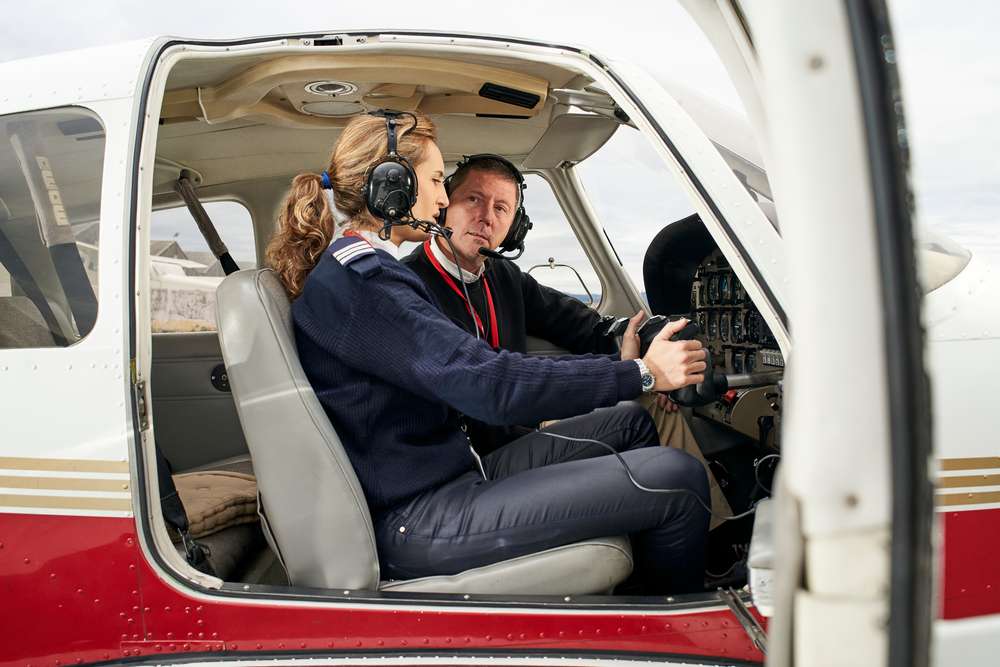Becoming a Professional Pilot: A Complete Guide to Flight Training Programs
The journey to becoming a professional pilot begins with comprehensive flight training that combines theoretical knowledge, practical skills, and hands-on experience. Professional pilot training programs offer structured pathways to various aviation careers, from commercial airline pilots to corporate aviation professionals. Understanding the components and requirements of these programs is essential for aspiring aviators.

Core Components of Professional Pilot Training
Professional pilot training consists of ground school instruction, flight simulator training, and actual flight hours. Ground school covers aeronautical knowledge, navigation, meteorology, and aviation regulations. Simulator training provides risk-free practice for emergency procedures and instrument flying. Actual flight training progresses from basic maneuvers to advanced operations under various conditions.
Flight Training Certification Levels
The certification process typically follows a structured progression. Students begin with a Private Pilot License (PPL), advance to an Instrument Rating (IR), then obtain a Commercial Pilot License (CPL). Additional ratings like Multi-Engine Rating and Airline Transport Pilot License (ATPL) may follow depending on career goals. Each level requires specific flight hours, written exams, and practical tests.
Duration and Time Commitment
A complete professional pilot training program typically takes 18-24 months of full-time study. Part-time options are available but extend the duration. The timeline depends on factors including weather conditions, student progression rate, and program structure. Most programs require 250-300 flight hours for commercial certification.
Training Costs and Financial Considerations
Professional pilot training represents a significant investment in your aviation career. Below is a breakdown of typical costs:
| License/Rating | Estimated Cost (USD) | Required Flight Hours |
|---|---|---|
| Private Pilot License | $12,000 - $15,000 | 40-60 |
| Instrument Rating | $15,000 - $20,000 | 40-50 |
| Commercial License | $25,000 - $30,000 | 250 |
| Multi-Engine Rating | $5,000 - $7,000 | 10-15 |
Prices, rates, or cost estimates mentioned in this article are based on the latest available information but may change over time. Independent research is advised before making financial decisions.
Choosing the Right Flight School
Selecting a flight school requires careful consideration of factors including location, aircraft fleet, instructor experience, and training methodology. Look for schools with proper FAA certification, modern training aircraft, and comprehensive ground school facilities. Consider the school’s graduation rates, job placement assistance, and industry partnerships when making your decision.
The path to becoming a professional pilot demands dedication, resources, and commitment to safety and excellence. While challenging, proper training provides the foundation for a rewarding aviation career. Success in pilot training comes from choosing the right program, maintaining consistent progress, and developing both technical skills and aeronautical decision-making abilities.






